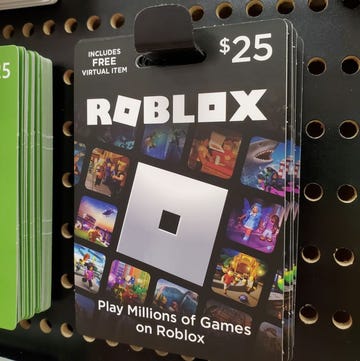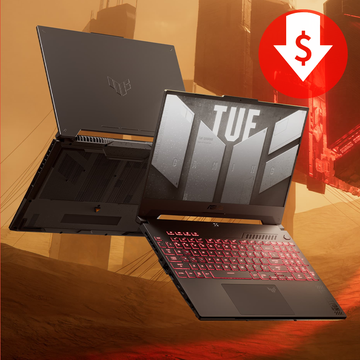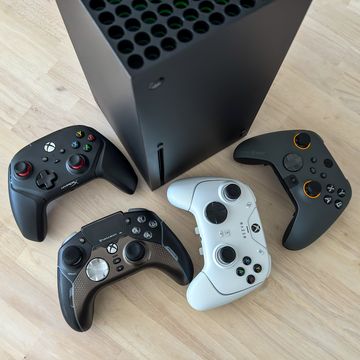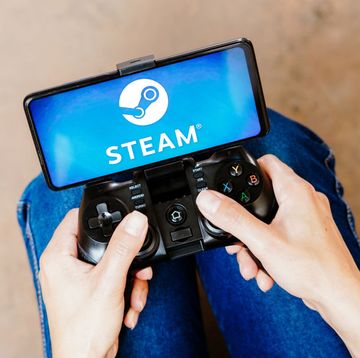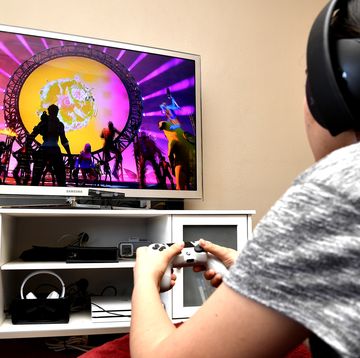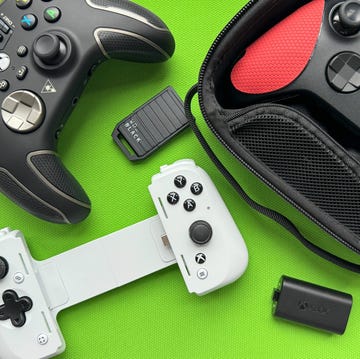The 10 Best Gaming Keyboards for Taking Down Online Opponents
Level up your gaming station to destroy any challenge with ease.
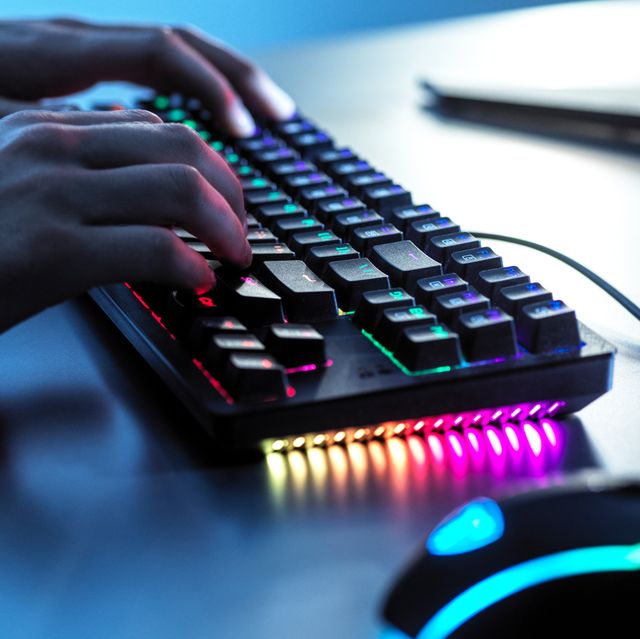
If you buy something from the links on this page, we may earn a commission. Why Trust Us?
The world of gaming keyboards is an intimidating place, even for seasoned PC players. Not only are there a ton of different brands out there vying for your hard-earned cash, but you have to consider all of the distinct key types, layouts, and extra features like macros and wireless support. To help you pick out the board that’s right for you, we’re here to cut through all the noise and give you the tools you need to figure out what matters most to you.
The right gaming keyboard can make a big difference (just like a great mouse) in your overall experience, especially if you're used to cheap mainstream boards with squishy membrane keys. The boards that we recommend belong to well-established brands, have reliable build quality, and use switches that fit a variety of preferences, from soft-touch reds to clacky blues. Whether you're an experienced gamer looking to upgrade to a newer device, or a total neophyte trying to decide on your first big-boy keyboard, our top picks have you covered.
The Best Gaming Keyboards
- Best Overall: Keychron V6 Max
- Best Budget: Lemokey X2
- Best Tenkeyless: Corsair K65 Plus
- Best 60%/Compact: SteelSeries Apex Pro Mini
- Best Low-profile: Nuphy Air75 V2
What to Consider
Mechanical vs. Membrane vs. Hall Effect
The number one advantage that most gaming keyboards offer over traditional keyboards is their use of mechanical switches. Switches are the small mechanical component that sits under each keycap—when you press a key, the switch is the part that does the work.
Cheap keyboards use a rubber or silicon membrane beneath the keys, whereas mechanical keyboards have distinct, individual switches under each key for a more tactile and satisfying typing experience. There are many, many different types of mechanical switches out there, and it's best to try out a few different ones to know which ones are right for you.
In recent years, so-called "rapid-trigger" keyboards have emerged on the market that use a phenomenon called the "Hall Effect" to detect keystrokes faster. These keyboards use magnetic (or sometimes optical) switches to measure the distance between the key and the board beneath, rather than waiting for the key itself to hit the board and rebound to its neutral position.
While rapid-trigger keyboards do offer a marginal performance increase for very fast FPS games like Counter-Strike, they are far more expensive than mechanical keyboards and are essentially enthusiast products that aren't right for every use case.
Layout
Another important factor to consider when buying a gaming keyboard is the board's layout. A full-size keyboard includes function keys and a number pad. The second-most common keyboard layout is tenkeyless (TKL), which removes the number pad, which adds up to about 80% the size of the full. The next step down is the 60% layout, which removes the function keys (i.e., F1 through F12) and the arrow keys.
Keyboard layout is ultimately up to the preferences of the individual user, which is why we endeavored to include a number of boards with each of these major layouts. However, when it comes to gaming, full-size and tenkeyless are the way to go, as you will likely need those extra keys when playing certain genres of game.
Gaming Features
When buying a gaming keyboard, it's fair to say that you want support for features that will increase your performance while playing. The most notable example of these is N-key rollover, which is a stat that measures how many keys you can press on the keyboard simultaneously and still have them correctly register.
True N-key rollover boards can handle any number of combinations. Given that complex button combinations are a major part of many games, we tended to opt for boards that offered N-key rollover, and all of our picks have the feature.
Most gaming keyboards feature programmable macros, a series of actions or keypresses that you can program into a single key press. They also tend to feature easy-access volume knobs and remappable keys. We strongly considered these features when choosing the boards for our list.
RGB backlighting
Colorful RGB lighting is a signature trait of all gaming gear, and gaming keyboards are no different. We prioritized keyboards that not only had RGB lighting, but offered strong aesthetic customization options, like choosing your own colors and patterns. This isn’t necessarily a make or break decision, but still something to think about if looks matter to you.
Build Quality
In crafting this piece, we opted for keyboards that felt substantial and satisfying to use. The picks on our list are made of premium plastic that doesn't flex or break under pressure. We also prioritized keyboards that use PBT keycaps, which are more durable than ABS ones.
Wired vs. Wireless
In general, wireless gaming keyboards are just as effective as wired ones in terms of latency, though if you're really concerned about your competitive performance, we recommend sticking to wired. We prioritized wired keyboards that used replaceable USB cables over hard-to-replace built-in ones, and we dinged wireless keyboards that offered only Bluetooth support, since Bluetooth tends to have more latency than most USB dongles.
A lot of mechanical keyboard brands advertise their high polling rates, which is how many times per second the device sends data to your computer. Based on testing from Tom's Hardware, polling rates above 1,000 Hz are not really noticeable and may in fact cause issues with your CPU at rates like 4,000 or 8,000. As such, we tended to stick to the 1,000 range in our picks.
How We Selected
We researched dozens of different keyboards, leveraging firsthand experience as well as trusted consumer reviews. We prioritized models from reliable brands that used a range of great key switches from the best manufacturers, including Cherry, Gateron, and Akko.
We also included a wide variety of layouts and types of keyboard that had the key features we mentioned in the preceding sections, such as N-key rollover, volume knobs and macro switches, and in-depth RGB lighting. We did suggest a few rapid-trigger keyboards for those interested in trying this new trend, though it’s worth noting that these boards are quite expensive. To balance this out, we added a few budget-friendly models.
All that being said, the gaming keyboards we suggested ahead are all thoroughly researched and vetted. Below, you’ll find a variety of options across different styles and budgets that specialize in different areas such as ergonomics, rapid trigger, and more. Regardless of what kind of gaming keyboard you opt for, rest assured that one of these picks will help you take down enemies and other players with ease.
Steven T. Wright is a content writer and editor living in Miami, FL. His work has been featured in Polygon, Vice, Rolling Stone, Popular Mechanics, and elsewhere. He enjoys playing endless seasons of Tecmo Super Bowl and spending hours hunting for the best possible gifts for his wife.


The 28 Best PS5 Games They Can Play Today

53 Nintendo Switch Titles Every Gamer Should Play
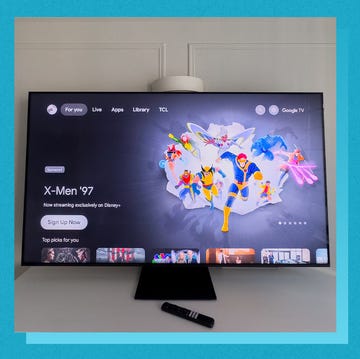
Our Favorite Budget and Luxe Gaming TVs

50 Epic Gifts for Gamers That Level Up Their Setup











